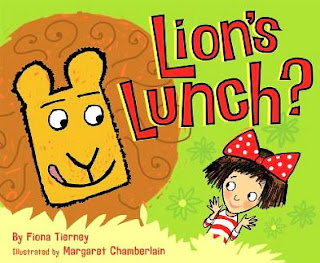Title: Always in Trouble
Illustrator: Noah Z. Jones
Genre: Picture Book
Subgenre: Children's Book
Theme: Practice makes perfect but even then sometimes bad habits have away of creeping up.
Primary and secondary characters: Primary- Toby, Emma Secondary- Emma's parents and the dog trainer
Award(s) date of publication: None, 2009
Publishing Company: Scholastic Press
Brief Summary and how I would use this book with students: This book is about a girl named Emma and her dog Toby. Emma loves her dog Toby very much but Toby is very bad. He is always getting into trouble. Emma decides to send Toby to a trainer to help him stay out of trouble. Once Toby returns he is almost as if he is a new dog. He bakes bread, vacuums the rug, folds laundry, and many other household jobs. But at the end of the day Toby proves to Emma that no one is perfect and Toby ends up getting in trouble once again. This book can be used in the classroom when teacher children that practice makes perfect and that it is alright to make mistakes as long as you are working hard to succeed. Failing still means you are trying and therefore one shouldn't give up.















